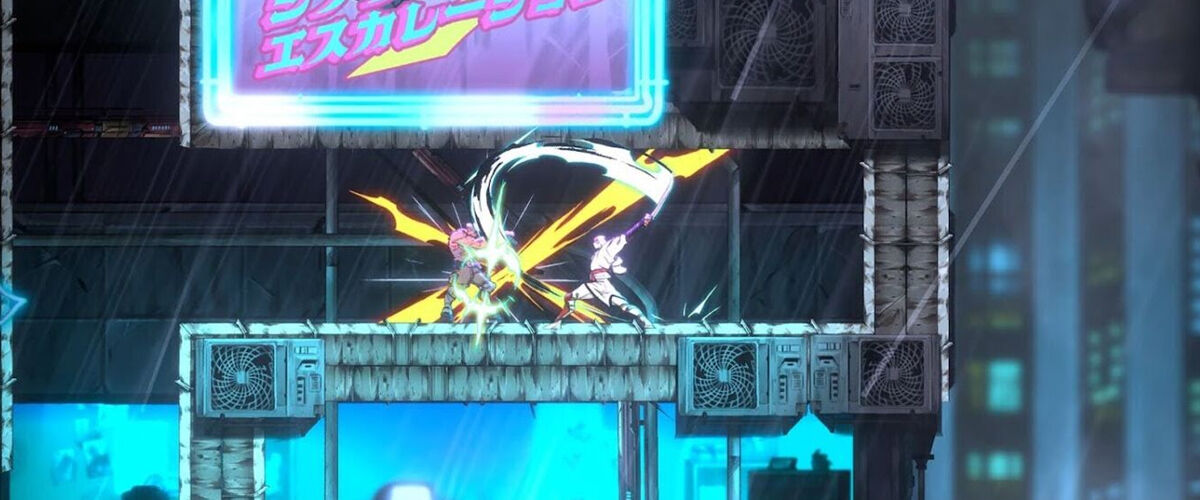Revenge stories are hardly new, but just because a premise is well-trodden doesn’t mean no merit lies in it. Where some find comfort in a familiar, long-standing formula, others derive satisfaction from subjecting the big-bad to their comeuppance, and it’s a craft that Sega’s Shinobi series has honed over the decades. The hack-and-slash titles serve as proof that simple can work, so long as steadfast, clearly defined cornerstones are in place.
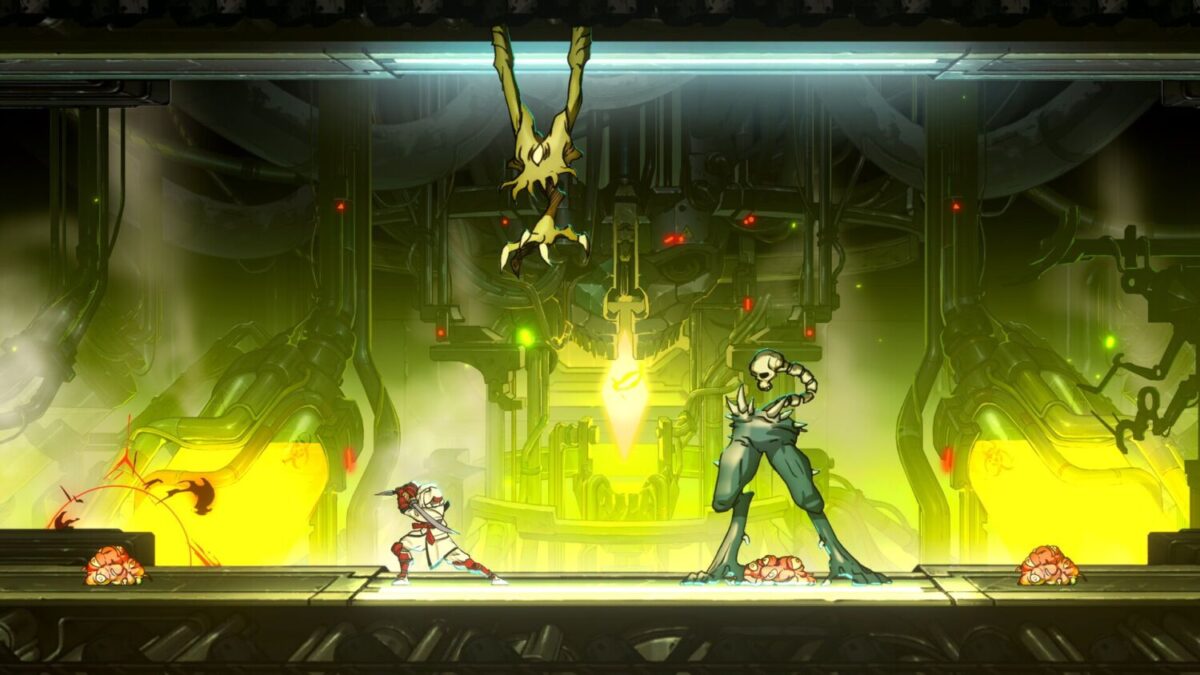
Shinobi: Age of Vengeance shares the same spirit in a bolder, more stylish fashion. Marking the first new addition to the franchise in 14 years, it (re)introduces players to long-time protagonist Joe Musashi and his quest to exact revenge on Lord Ruse, the mysterious leader of the military organisation ENE Corporation that devastated his village, as well as foil the villain’s plans for world domination.
Alongside other staple mechanics, the straightforward approach is standard fare for returning veterans, except the decade-long gap between this forthcoming outing and its predecessor also welcomes revisions to existing elements that align better with newcomers and modern expectations. The aesthetic facelift is the immediate highlight, catching attention with a polished, striking flair inherited from developer Lizardcube’s previous outing, 2022’s Streets of Rage 4.
Similar to the hit brawler, Shinobi: Age of Vengeance oozes cool. Vibrant colours are woven into a breathtaking canvas of hand-drawn visuals, crisp animation, and intricate attention to detail that shows in all corners of the world – whether it’s the subtle environmental effects, or the flapping of Joe’s clothing as he runs through the stages. There’s a smooth, graceful quality to his movements, with a bit of realistic heft accompanying every backflip, obstacle vault, dash, and other parkour actions.
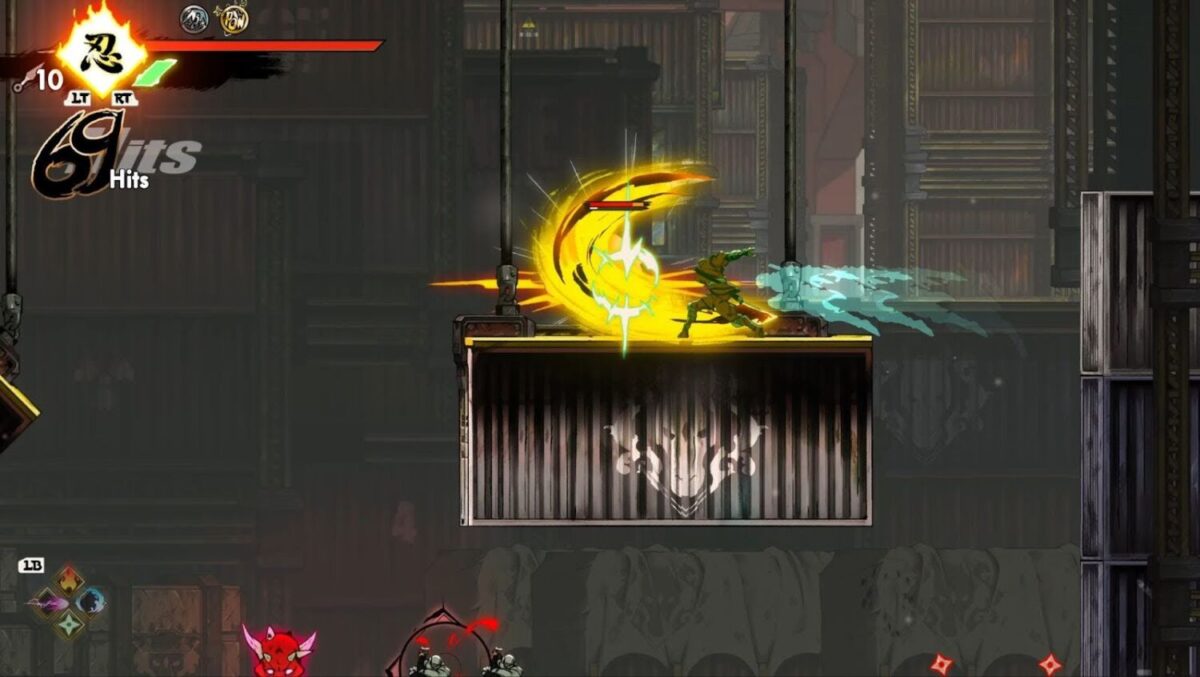
It won’t take long to fall under the spell of the game’s allure, which persists into all five main zones and their respective sub-stages. Each of them touts a distinct design rooted in a particular theme, offering different shades of personality: the retro-futuristic Neo City, for instance, is drenched in bright neon illumination (keep an eye out for a sneaky SEGA signboard), while the Fish Market stage features shipping containers as part of traversal. No matter the location, it has been carefully crafted with secrets to discover: Elite Squads, hidden chests, Oboro Relics for unlocking new items in the shop, and later in the game, Ankou Rifts.
The variety in stage design is a strong show of creativity that freshens up the gameplay experience from one platform to the next. In addition to introducing certain mechanics in select stages, Shinobi: Age of Vengeance also includes various mini environmental puzzles and makes it easy to understand how they work, so seasoned gamers should be able to solve them based on intuition alone. Case in point – a handful of sub-stages require players to push flammable barrels atop or near reinforced metal barriers and detonate them with a swing of their sword, with the red exterior indicating their explosive nature, while another mechanism alternates between a set of pink-infused barriers that temporarily close and open up other pathways when activated.
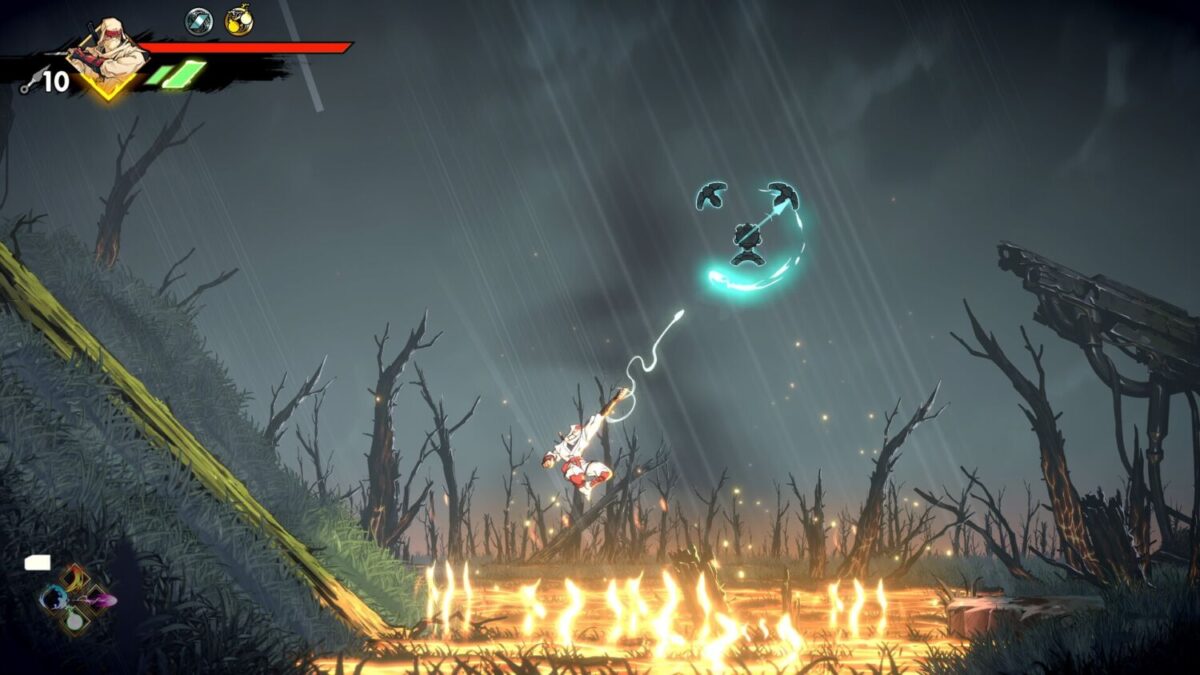
Because mobility and traversal techniques called Ningi unlock in phases, it’s common to encounter inaccessible areas during the first playthrough of a new stage. There are a total of seven moves to learn, comprising Dash; Ninja Flip; Cannon Punch, which lets Joe smash through green-glowing Yokai Barrier floors; Ninja Claws, used to climb special walls; Ninja Hook, essentially a directional grapple hook; Sword Dive, which drives Joe’s katana into the ground while airborne; and Glider. Once available, players are free to revisit past stages and tread on new, unexplored territory.
The addition of a minimap certainly helps matters, especially for those who are directionally challenged. As opposed to some of its metroidvania contemporaries, Shinobi: Age of Vengeance makes navigation more accessible by highlighting the possible pathways for players and the obstacles standing in their way, as well as fast travel points that can be used at any point after their initial activation. The indication of main and optional routes (a purple versus yellow patch, respectively), in particular, is a great design choice, guiding players to the necessary areas at a glance and preventing them from getting stuck, which would lock them out of the linear progression.
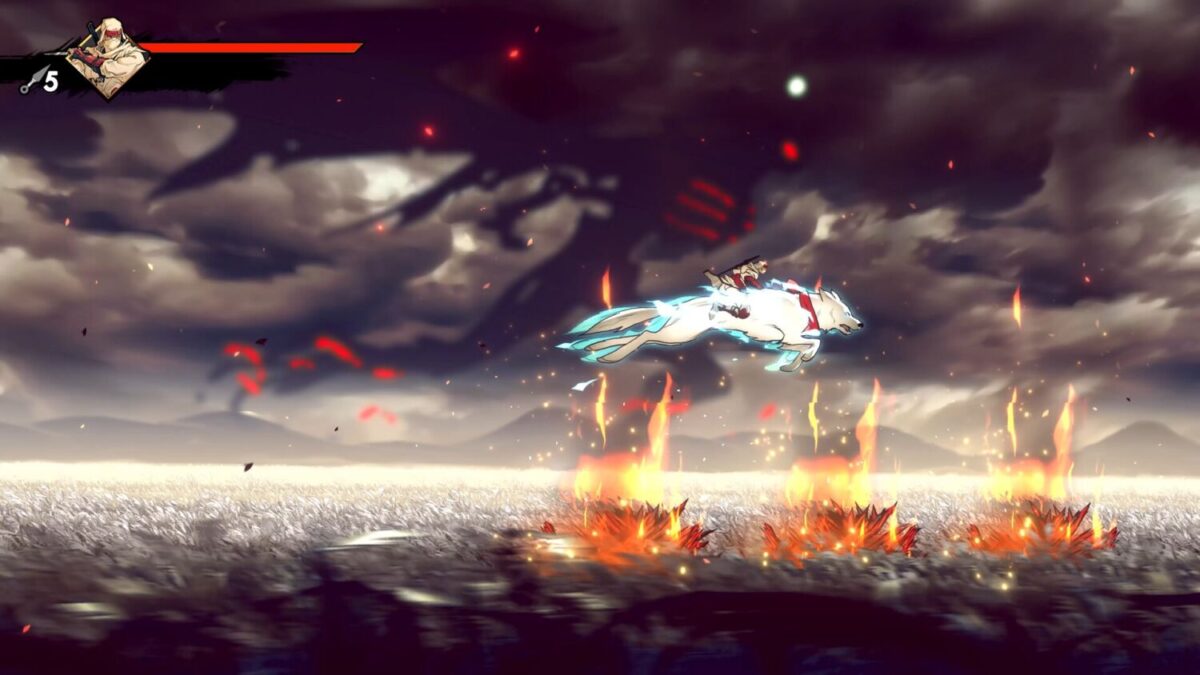
In between these zones on the world map are optional stages that give out extra rewards upon completion, but be warned, as players have to work hard for them. These bonus challenges pit their reflexes against a series of jumping and dodging sequences, and it’s where the game’s old-school roots peek through, with the lack of a progress or completion meter making it difficult to gauge where the finish line lies. The experience may feel like it goes on forever, at times culminating in slight frustration, though there’s no denying the sense of satisfaction that follows upon completion.
Platforming, as a whole, can be difficult (this is a Shinobi title, after all), but never unfair. It’s one thing to navigate past moving obstacles and platforms, and another to do so while fighting foes, and Shinobi: Age of Vengeance gets more of the blood pumping by throwing hovering enemies and speedy attacks into the mix. Instead of turning the process into an unbeatable trial, however, Sega’s latest treats it more like a learning lesson, where recognising patterns, grasping timings, and determination hold the key to victory.
If the challenge persists, a selection of accessibility options is available for extra assistance, including modified difficulty levels, reduced environmental damage, and more, so less proficient players won’t feel removed from the experience. At its best, parkour action is fast-paced, tight, and fluid, courtesy of intuitive controls, precise execution, and immediate access to traversal basics like double jump, wall run, and mid-air dash – staple mechanics that can only be unlocked at a later stage in other similar titles.
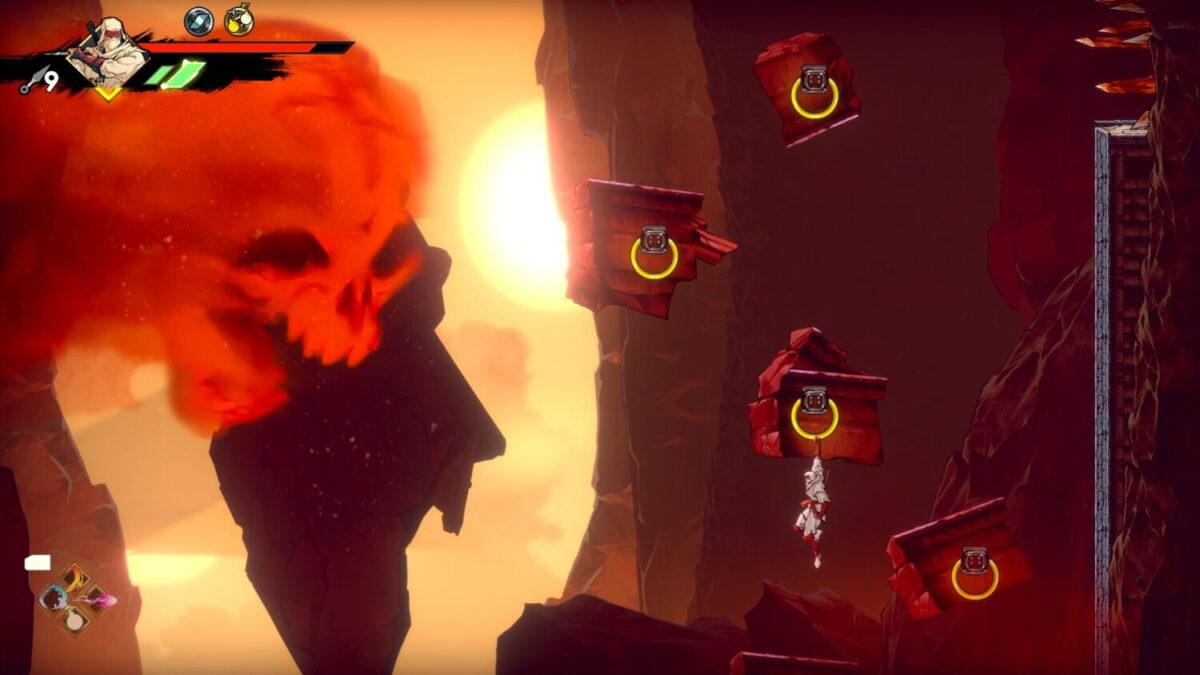
At its worst, platforming reveals room for refinement. The fast travel points are unevenly distributed at times, so expect the sense of frustration to hit harder during these points, and the same goes for chase sequences that either run a little long or come up short. In larger stages, the dynamic flow of Joe’s movements is susceptible to momentum loss, becoming more evident during segments where players have to wait for moving or rotating platforms.
True to the Shinobi DNA, action is easily the title’s crown jewel. Rooted in chaining combos and a mix-and-match play style, the combat system adds more depth to its hack-and-slash origins, which begin with stringing together light and heavy sword swings, or a mix of both for up-close damage, and throwing kunai or executing a dive-kick for mid-to-long-ranged damage. This core set of attacks can be combined in any order and used in tandem with Joe’s expanded movesets as players progress through Shinobi: Age of Vengeance, spanning combat moves, basic attacks that can extend combos, special offensive and defensive capabilities called Ninpo; Ninjutsu, super-powered moves that affect all enemies, much like an Ultimate ability; the previously mentioned Ningi, which double as special attacks; and a personal favourite, Shinobi Execution.
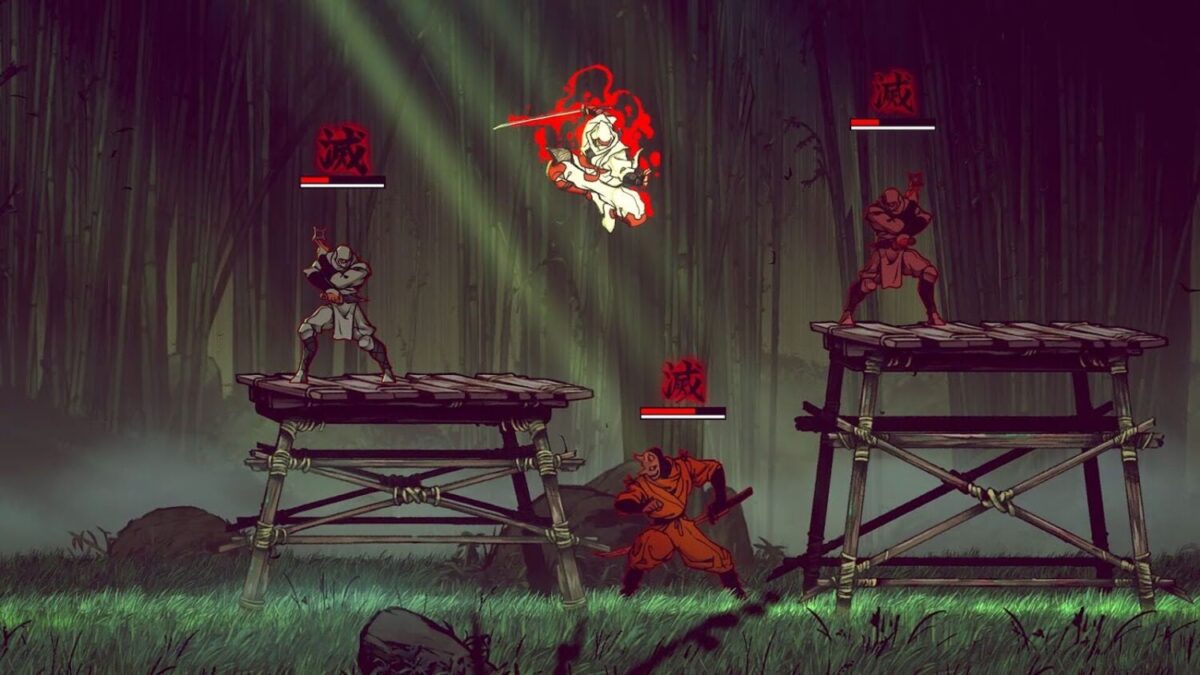
An exhilarating sight to behold, Shinobi Execution allows players to chain-assassinate staggered enemies when an icon appears above their heads. Doing so drops additional rewards like gold, health orbs, and kunai ammo that increase with more enemies killed, with the sense of gratification carrying over when activating Ninjutsu, which are imbued with elemental effects.
Each offers welcome assistance differently, proving extremely handy in a pinch – where Karyu engulfs all foes in the flames of a majestic, roaring dragon, its lightning counterpart Raijin creates a temporary lightning shield that boosts Execution Gauge gains. Running low on health? The water-infused Shisui offers a lifeline by restoring a massive portion of the health bar.
With a total of 17 combat moves, eight Ninpo, seven Ningi, and four Ninjutsu slots, Shinobi: Age of Vengeance serves as the breeding ground for flexibility. The lack of a fixed way to defeat foes invites players to develop and customise loadouts that fit their preferences, and the trial-and-error process proves enjoyable, spicing up gameplay beyond basic combo executions. Be it combining a ninja roll with a light attack to land a knee attack or juggling enemies mid-air by chaining aerial strikes, ninja flips (cancelling an attack in a dash), rising strikes, and dive kicks, there’s hardly a dull moment in battle scenarios. When everything clicks, giddy delight and a rewarding pay-off follow.
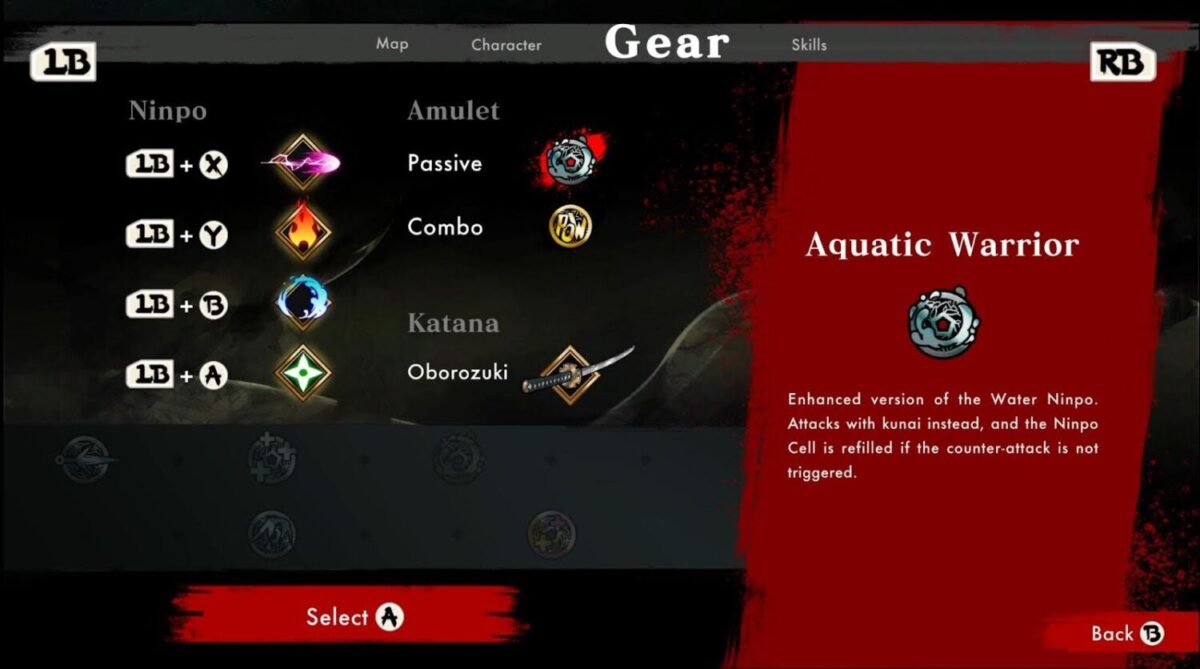
The fluid play style extends to the Amulet system that offers combo-based and passive perks, some of which are designed to complement other Ninpo abilities and support different attacking preferences. For example, those who like to keep their distance may consider equipping Piercing Kunai, allowing kunai to cut through enemies at twice the ammo cost, with Snake Charmer reducing the summoning time for Great Serpent Ninpo users. Amulets are available for purchase at the shop or obtained through completing platforming puzzles and beating Elite Squads, mini-bosses, and bosses, though only one of each type can be equipped at one time.
The frenetic, reflex-based slice-and-dice action is a welcome dose of adrenaline, but Shinobi: Age of Vengeance demands more than just button mashing. Unleashing the special moves, namely Shinobi Execution, Ninjutsu, and Ninpo, requires their gauges to be filled up first, achieved through inflicting a significant amount of a specific type of damage on a foe to stagger them, by taking damage or collecting Rage Orbs from defeated enemies, and simply attacking and killing adversaries, respectively.
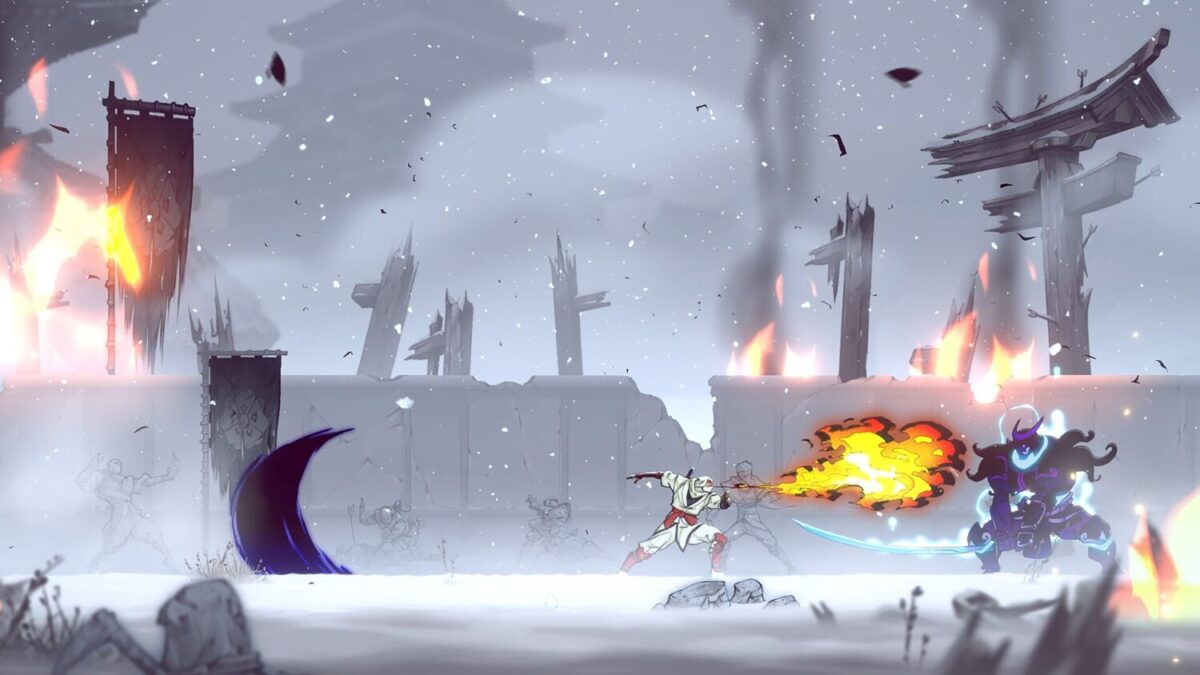
Then, there’s the need to prioritise and plan the best course of action in battle, such as choosing between healing via Shisui or going all-out offensive at extremely low health, or activating Shinobi Execution on only one foe as opposed to stacking them. Empowered and elite enemies come with their fair share of challenges, too – armoured combatants, for instance, will block front-facing strikes and only take damage when the shield is broken, while others have unpredictable or annoying attacking patterns. It’s a constant reminder for players to never let their guard down around common enemies, as it’s easy to be overwhelmed by their numbers, especially if both platforming and combat are involved at the same time.
Still, there are some minor gripes to address. As genre enthusiasts would know, action titles are often subjected to hectic on-screen activity, and Shinobi: Age of Vengeance is no exception to the rule. Keeping up with the constant movement may prove difficult and distracting at times, as best demonstrated in a boss encounter featuring multiple clone summons, and especially when Joe’s outfit – that thankfully, can be changed when navigating the world map – clashes against the vibrant backdrop. If players get too close to a wall or a blockage, the enemy’s sword attacks can penetrate it and damage Joe, who cannot do the same to them. Mechanically, the dive-kick isn’t the easiest to grasp, as the fixed striking distance and lack of directional input require more spatial awareness than one might be used to.
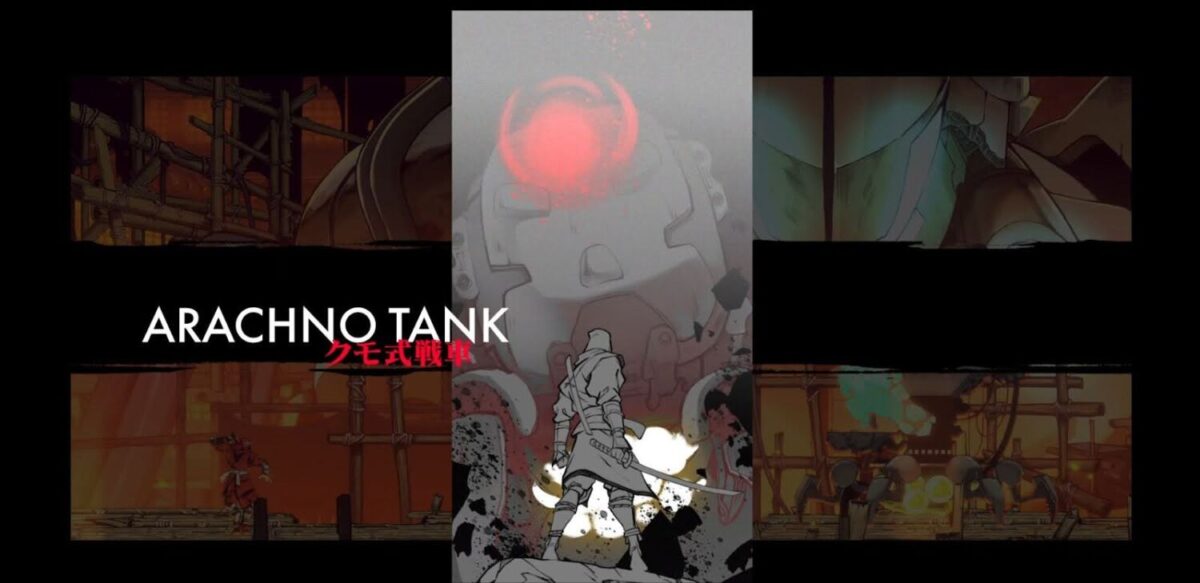
The thrills of combat are accentuated by an outstanding score that delivers pulsating, high-energy beats and electronic-infused traditional instrumentals, alongside breathtaking animation in the form of lively slashing and Ninpo ability effects, a comic panel-style cutscene before the start of a major boss battle, and more. Like every other entry in the Shinobi series, the narrative is nothing to write home about, but the voice acting certainly brings flavour to character interactions and dialogue sequences.
A highly anticipated and well-executed return to the modern gaming space, Shinobi: Age of Vengeance doesn’t seek to reinvent the wheel and instead leans into embracing its deep-seated strengths through a visual revamp. Franchise veterans will feel right at home with its deft handling of platforming action, which now offers added depth and flexibility, while newcomers can soak in the spectacle without being alienated from the overarching story. Amid the exhilaration and occasional frustration, one thing is clear: slicing and dicing can both look and feel good.
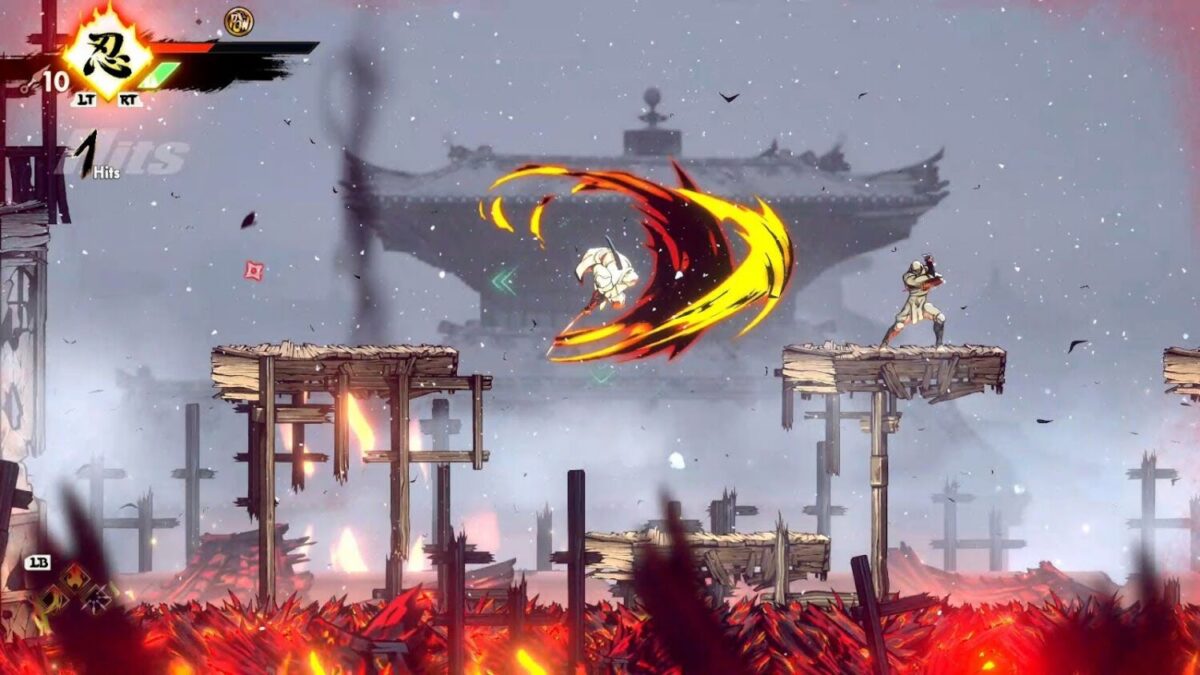
GEEK REVIEW SCORE
Summary
Shinobi: Age of Vengeance is a love letter to Joe Musashi’s legacy, conveyed through intoxicating action choreography and rewarding manoeuvring, topped off with a snazzy finish.
Overall
8.6/10-
Gameplay - 9/10
9/10
-
Story - 7/10
7/10
-
Presentation - 9.5/10
9.5/10
-
Value - 8.5/10
8.5/10
-
Geek Satisfaction - 9/10
9/10

